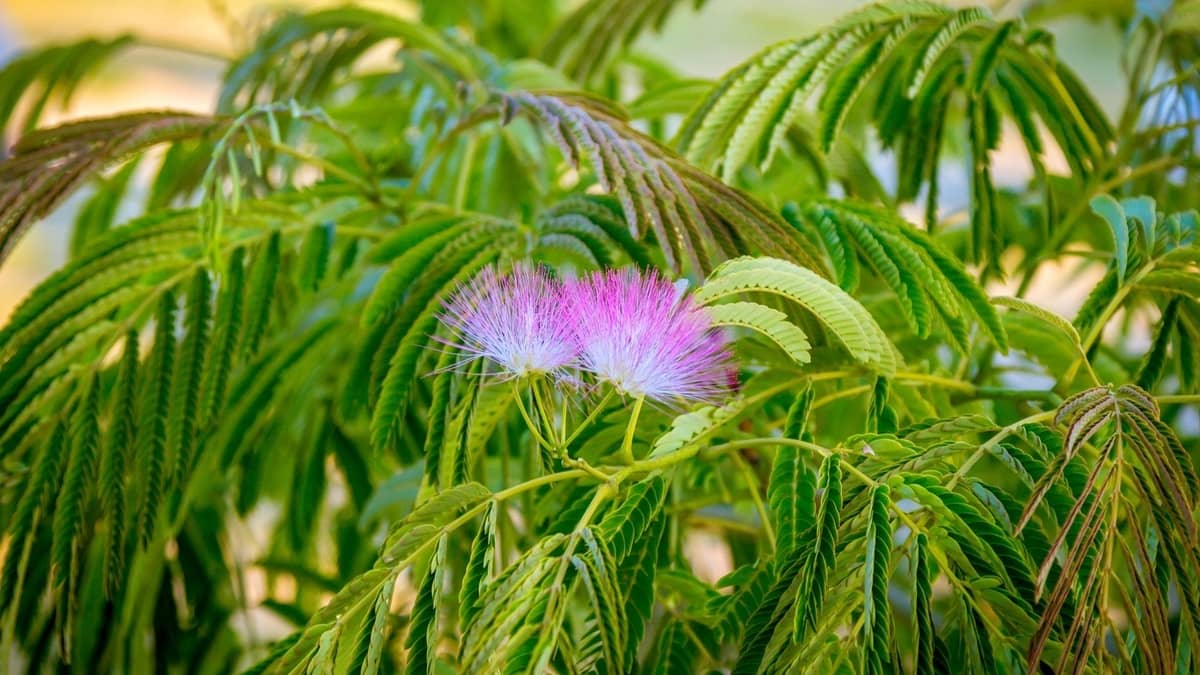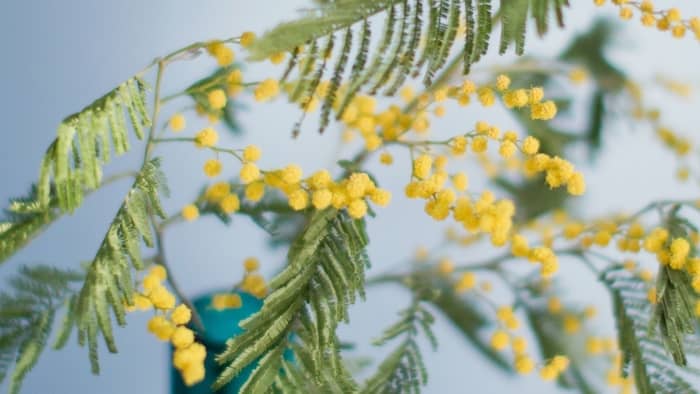Last Updated on October 16, 2022 by Griselda M.
So now you are thinking of growing mimosa hostilis indoors? Well, a lot of people have been intrigued about growing a mimosa in their homes.
But can you really grow it indoors? On the blog today, we are going to share with you some tips on how to successfully grow this tree indoors.
There are many varieties of mimosa hostilis seeds. Look through the following and make your selection. Depending on the type of variety that you want to select, you can grow a beautiful mimosa hostilis indoors.
-
Jurema Preta
-
Calumbi in Brazil
-
Tepezcohuite in Mexico
-
Carbonal
-
Carbrera
-
Juerma
-
Black Jurema
-
Binho de Jurema
-
Pudica, or the sensitive plant
-
Silk Tree
Seed Preparation When Growing Mimosa Hostilis Indoors
Forcing Mimosa Hostilis seeds to sprout indoors will give you control over the growing process. Soak seeds for 30 minutes to one hour. This will help promote sprouting. Once you see development, wrap them in a clean paper towel. Then provide good storage.
A bag is ideal for Mimosa Hostilis. For better results, just store the bag in a shady place inside your home. Then monitor it for a few days. Ensure moisture on your paper towel. Ideally, your plant should develop a sprout after a week.
First Planting
When sprouts appear on your Mimosa plant, it is necessary to transfer them to another spot. Put perlite or other similar organic fertilizer in a 2-inch container. Use pots with drainage holes. Place one seed in each pot. Try to bury the seeds about 1-2 inches deep. Water them until they are just moist. Always keep in mind to prevent overwatering as it might kill them.
Expose your plant in a sunny spot. Even when you need to take them inside, a place near a window where sun exposure is medium would be ideal. Wait about 6 weeks for the sprout to show.
Read more about Growing Succulents Indoors From Seed.
Moving your mimosa hostilis outdoors
Even when you’re growing mimosa hostilis indoors, you may need to take it outside. Especially, if the plant has grown so tall there is a need to give it more space.
We often do not recommend that you use fertilizer during the first year of your plant. When the time comes that you need to fertilize it, a liquid fertilizer will work best. You will find the best fertilizer for this tree online. When growing mimosa hostilis indoors, you need to know the correct fertilizer for perfect growth.
Growing mimosa hostilis indoors: How Tall Can It Grow?
This is a transcending type of tree, coming up to almost 30 feet with a genuinely wide shade that can extend more than 15 feet across. It will twofold in size inside its initial not many years, placing quite a bit of its energy into developing during its initial five years of life.
Blossoms of the Mimosa Hostilis
The Mimosa hostilis develops fragrant, white blossoms in long, free, and spiky chambers. The blooms show up over an extensive stretch in the Northern Hemisphere from November to June. The blossom period is marginally more limited in the Southern Hemisphere at a little more than four months. It starts in September and closes around late January.
Mimosa Hostilis Seeds Growing into Fruits
The fruits that rise out of the cone-shaped blooms are an inch to 2 inches long. It is weak and spiky. In each case, those structures contain about six seeds. The organic product ages in the Southern Hemisphere between February and April.
Mimosa Hostilis Seeds
The seeds that lie in the circular product of the wild shrubbery are light-brown, level ovals that are scarcely an eighth of an inch long. The seeds can be conveyed by the breeze up to almost 30 feet from the mother tree. The units are warmed by the sun and tenderly open up to uncover the little fortunes inside.
Bark of the Mimosa Hostilis
The dim brown to grayish bark of the Mimosa hostilis has many employments. The rosy inside of the thick root bark is uncovered when it is parted longwise. It can give the colors and teas produced using its bark a maroon tone.
-
Bubbled into a tea, it is guzzled for aggravation issues, better blood flow, and as a quieting brew.
-
The tea that is fermented from the leaves of the Mimosa hostilis is thought to control longings for nicotine.
-
It invigorates collagen creation and eliminates irritation from bug nibbles, chops and torches when ground and applied to the skin.
-
The tea produced using the stems and leaves is regularly utilized as a characteristic method to diminish tooth torment.
-
A syrup produced using the bark can treat sore throats, hacks, and bronchial sicknesses.
-
It is wealthy in tannins, alkaloids, lipids, saponins, phytosterols, glucosides, xylose, and rhamnose among other valuable properties.
-
The dried bark can be utilized as a psychedelic in high focuses.
Growing mimosa hostilis indoors can take a toll on you. Of course, there will be many challenges especially if you are a first-time planter. By following this guideline you should be able to grow a healthy mimosa hostilis.
Learn more about Tips On Growing Dianthus Indoors Successfully



